Here are the top 10 trends and insights that we’re hearing about.
1. Increasing Professionalism in Evidence Management
As law enforcement agencies increasingly emphasize best practices in evidence management, the profession is taking on new respect and importance. This emphasis on professionalism can be due to a variety of factors. Sometimes it’s because an agency has lost a conviction because evidence has been compromised, or because a new generation of leaders understands its importance. No matter the cause, many police departments and other agencies are committing more resources to evidence management, from personnel to floor space to investments in evidence storage technology.
“Of all the things that can take down a sheriff or a police chief, one of the most common is dropping the ball in evidence management.”
– Bruce Adams, Evidence Specialist
2. Evidence Lockers
The chain of custody must be maintained while evidence remains in limbo between the booking officer and the evidence room, and that’s where evidence lockers come into play. Depending on the size of a particular law enforcement facility and how its evidence management system is designed, evidence lockers can be mounted against a wall, or on both sides of a wall (lockers with two access doors are called “pass-through” lockers) to simplify workflows.
3. Electronic Evidence Management
Automated identification technology like barcoding and RFID are increasingly being used by law enforcement agencies to track forensic evidence in crime labs and evidence rooms. Although both systems have their pros and cons, there’s no doubt that electronic systems are transforming evidence management.
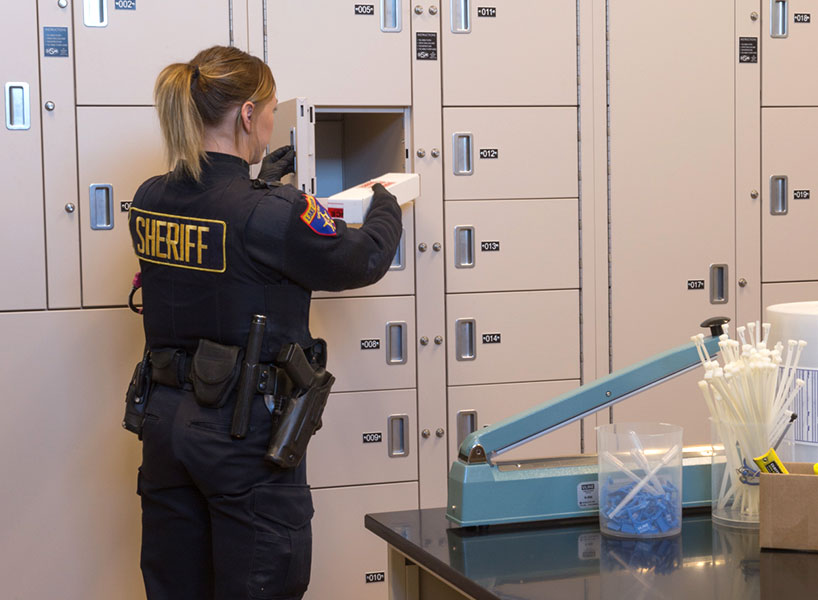
![]()

Get the Evidence Management Guide Book
4. Off-Site Evidence Storage
Evidence for serious crimes must be stored for decades, and as a result, many law enforcement agencies are faced with overcrowded long-term evidence storage areas.
A growing number of law enforcement agencies are building warehouses or leasing space in private warehouses for long-term evidence storage. Warehouses maximize space and keep evidence organized, and they are also usually less expensive because they can be located on the outskirts of town.
5. Consolidating Resources for Small Departments
Small-town police departments often don’t have the space needed to manage long-term evidence storage. Rather than wait years for funding or risk compromising evidence, some departments are opting to pool resources with other nearby law enforcement agencies to build new evidence storage facilities or share existing ones.
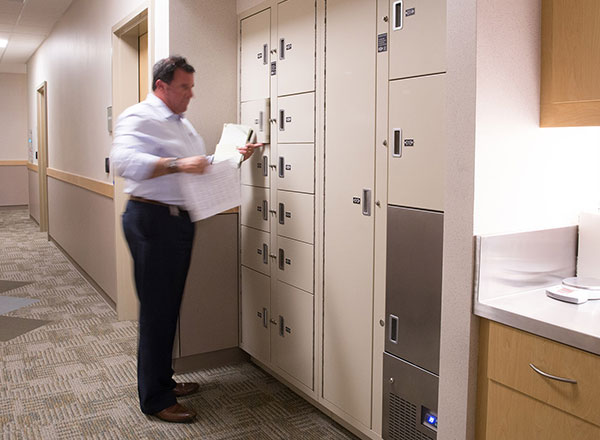
7. DNA Evidence
There’s still some debate as to the best way to store DNA evidence for the long term, and regulations vary across jurisdictions. Cool storage – whether in the form of refrigerated evidence lockers, walk-in coolers, or off-site warehouses – will prolong the useful life of evidence. High-density storage for long-term cool storage areas will save space and reduce energy bills.
8. Sexual Assault Kit Storage
Untested sexual assault kits have the potential to convict or exonerate defendants accused of sexual assault. The problem is that some agencies don’t know exactly how many kits they have or where the kits are located. As more and more states require agencies to find all untested kits and submit them for testing, new procedures are needed to maintain a well-organized system and a secure chain of custody.

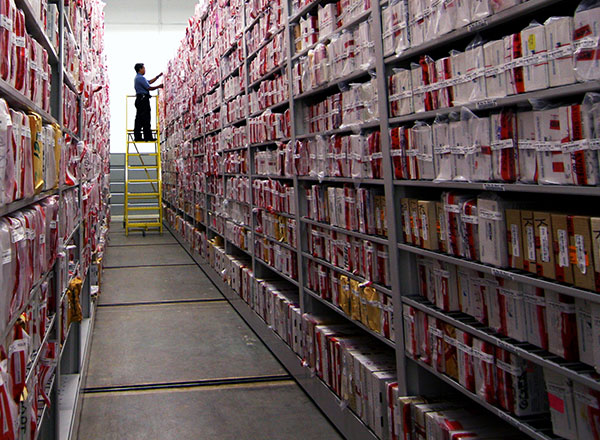
9. Handling Hazardous Materials
Not all crime scene evidence is as harmless as a set of fingerprints. In many cases, evidence can present a potentially hazardous threat. That’s the case with gas cans, aerosol cans, and other potentially flammable or explosive materials. Other items that are commonly collected as evidence, such as a mattresses or sofa cushions infested with insects, do not pose a serious threat but should still be quarantined. Law enforcement agencies are increasing their efforts to store hazardous securely and separately from harmless evidence. This usually involves the installation of secure, vented, fire-rated cabinets inside or even outside an evidence storage facility.
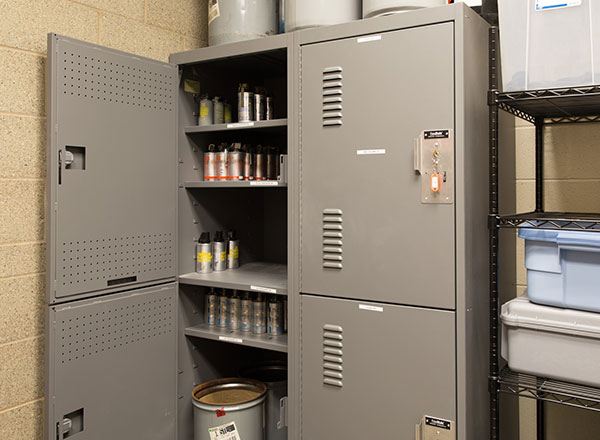
10. Body Cameras & Other Digital Evidence
With increasing media attention being directed at law enforcement officers’ encounters with the public, many agencies have installed dash cams on vehicles and require officers to wear body cameras while on duty. As a result, these agencies are collecting a tremendous amount of video data every day. Some agencies prefer to keep this data on site by purchasing hard drives, transferring footage to them, and storing them in evidence rooms or other secure locations. This is generally considered to be the most cost-effective option. Other agencies use online cloud services to store digital evidence. Regardless of how a particular agency opts to store digital evidence, the expense of storing the files should be taken into account when budgeting for the future. In addition, formal procedures should be established and implemented to maintain evidence and dispose of files that are not needed for evidentiary purposes.
Looking for more information on evidence management and best practices?


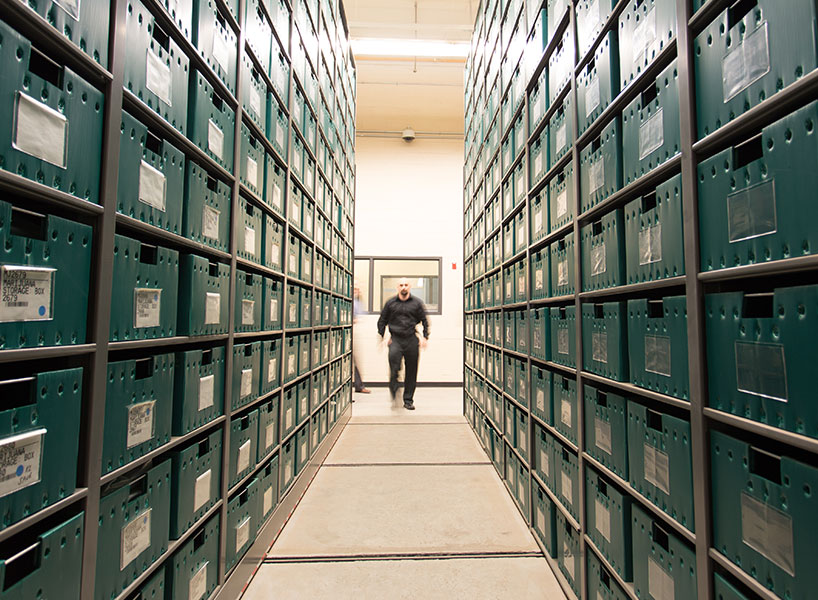

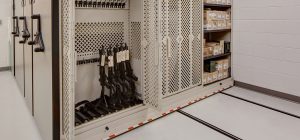

6 thoughts on “Trends & Best Practices for Evidence Management”
Comments are closed.